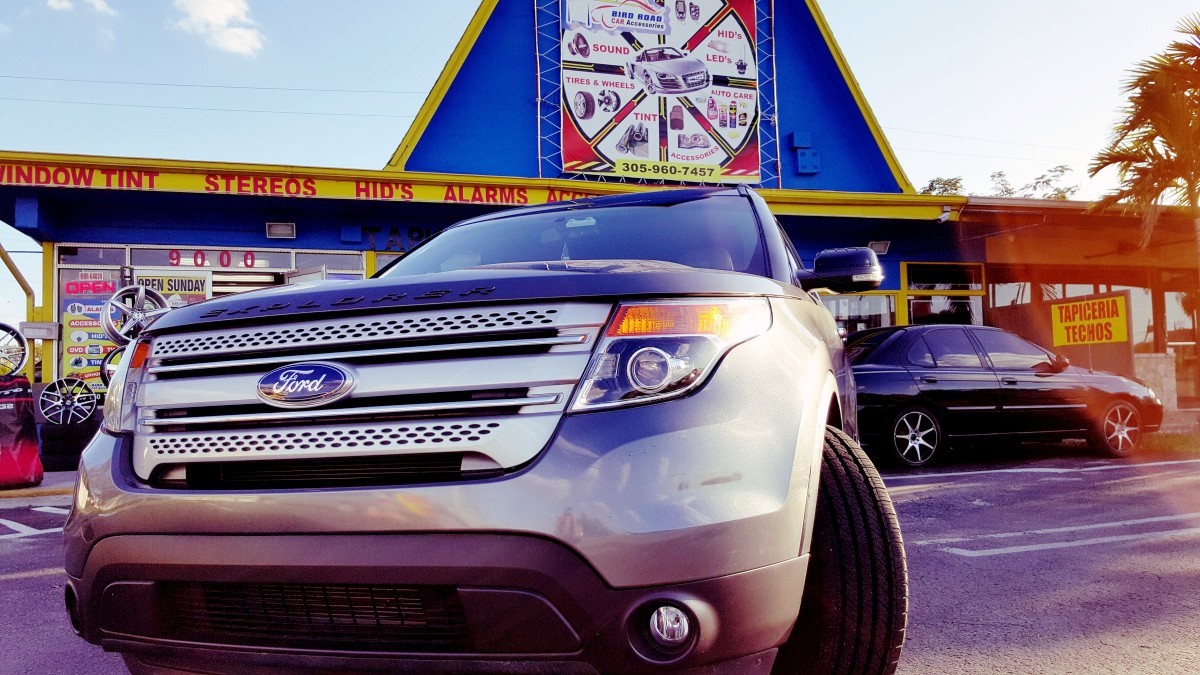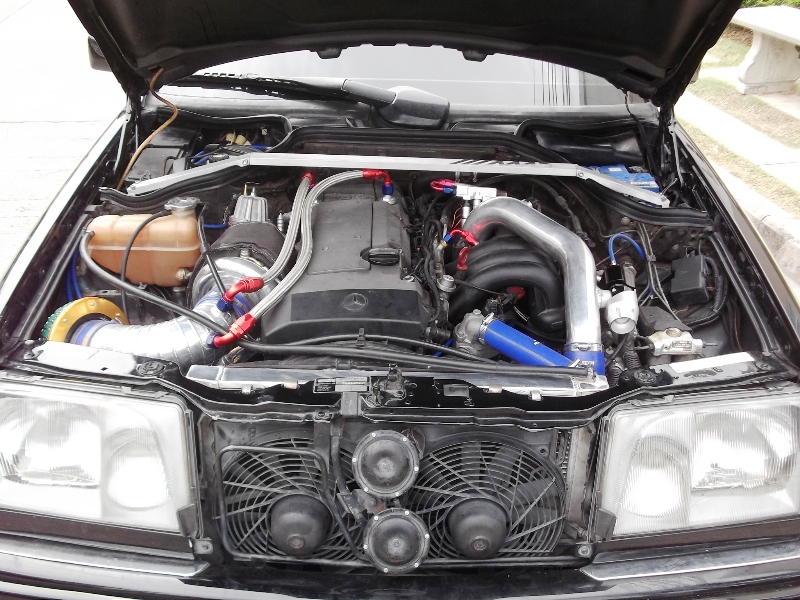Ensuring the optimal performance of your vehicle’s engine cooling radiator is paramount for a smooth and trouble-free ride. Let’s delve into a comprehensive guide to help you keep your radiator in peak condition, ready to face the challenges of the road.
Unraveling the Radiator Mysteries
When it comes to radiator maintenance, understanding the basics is the first step. Regular visual inspections are crucial – examine the radiator and adjacent components for potential issues such as leaks, corrosion, or physical damage. Detecting these problems early can prevent more severe complications down the line and contribute to the overall health of your vehicle.
Flushing and Cleaning: A Radiant Radiator Ritual
To maintain the efficiency of your radiator, make flushing and cleaning a regular part of your maintenance routine. Over time, contaminants can accumulate in the coolant, hindering its ability to regulate temperature effectively. Flushing the radiator helps eliminate these impurities, allowing the coolant to circulate freely and perform its cooling duties with precision.
Beyond a simple flush, consider using specialized radiator cleaning solutions. These products break down stubborn deposits and ensure a thorough cleanse. While performing this ritual, inspect the radiator fins and fan for any debris, ensuring unobstructed airflow.
Recognizing Signs of Radiator Distress
How do you know when your radiator is crying out for attention? Look out for warning signs such as overheating, low coolant levels, or a change in the coolant’s color. These signals indicate potential issues that demand immediate investigation and resolution to prevent engine damage.
Radiator Pressure Test: Proactive Defense
Conducting a radiator pressure test serves as a proactive measure to assess the integrity of your cooling system. By identifying leaks, weak spots, or faulty components, you can address issues before they escalate into major problems, ensuring your radiator’s longevity and reliability.
DIY Radiator Maintenance Empowerment
You don’t need to be a seasoned mechanic to perform basic radiator maintenance. Start with regular checks of coolant levels, topping them off as necessary. Inspect hoses for visible cracks or leaks, and tighten hose clamps when needed. These simple DIY tasks empower you to actively contribute to your radiator’s well-being.
Guarding Against Corrosion: The Coolant’s Role
Selecting the right coolant is instrumental in preventing corrosion within the radiator and engine. Coolant properties can degrade over time, losing their protective abilities. Regularly assess the coolant’s condition and adhere to the manufacturer’s recommendations for timely replacement.
Radiator Cap Vigilance: Often Overlooked, Never Overrated
While often overlooked, the radiator cap plays a pivotal role in maintaining system pressure. A faulty or loose cap can lead to coolant leaks, potentially compromising the entire cooling system. Regularly include the radiator cap in your inspections and replace it if signs of wear or damage are evident.
Advanced Radiator Care: Going the Extra Mile

Consider incorporating advanced radiator care practices for a more thorough maintenance routine. Every two years, or as recommended by your vehicle’s manufacturer, consider a professional radiator flush. This involves draining the entire cooling system, ensuring the removal of old coolant and any accumulated contaminants. Additionally, inspect radiator hoses for flexibility, replacing them if they feel brittle or excessively soft.
Nurturing a Cool and Content Engine
In conclusion, the health of your engine cooling radiator is a linchpin for your vehicle’s overall performance and longevity. Through regular maintenance, vigilant inspections, and prompt issue resolution, you ensure your radiator is prepared for the journey ahead. Investing time in these straightforward yet impactful practices not only keeps your engine cool but also safeguards your wallet from potential costly repairs in the future.
Don’t forget to share your experiences and any additional tips in the comments below. Your insights could help fellow drivers in their quest for a cool and content engine.

